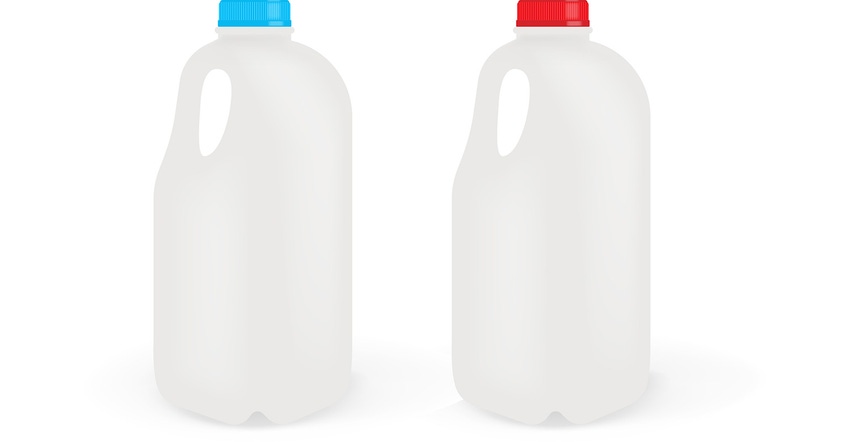High-Density Polyethylene Market Growing 10% yearly
High-density polyethylene (HDPE) market will grow globally from $91.73 billion in 2022 to $100.99 billion in 2023.
February 21, 2023

The global high-density polyethylene market will grow from $91.73 billion in 2022 to $100.99 billion in 2023 at a compound annual growth rate (CAGR) of 10.1%.
The HDPE market is expected to grow from $145.5 billion in 2027 at a CAGR of 9.6%.
That’s according to a market study released this month by Reportlinker.
Products made of HDPE include shampoo bottles, toys, pipe systems, recycling bins, chemical containers, milk jugs, grocery bags, and cereal box liners. Values in this market are “factory gate” values, that is the value of goods sold by the manufacturers or creators of the goods, whether to other entities including downstream manufacturers, wholesalers, distributors, and retailers or directly to end customers. The value of goods in this market includes related services sold by the creators of the goods.
HDPE is a plastic polymer with flexible properties that's resistant to impact and chemicals, making it suitable for healthcare and laboratory environments. HDPE is also used in heavy-duty damp-proof membranes, flexible bags, and films.
HDPE markets and details.
Asia Pacific was the largest region in the HDPE market in 2022; North America was the second-largest region.
The product types of high-density polyethylene are PE 63, PE 80, and PE 100. PE 63 is used in medium pressure piping system, irrigation system, and drinking water connections.
Applications are oil and gas pipelines, agricultural irrigation pipes, water supply pipes, sewage system pipes, and others.
End-use industries are packaging, building and construction, agriculture, automobiles, and other industries.
The unique set of properties include lightweight, impact resistance, flexibility, low-temperature resistance, serve as the most important market drivers. These properties have increased demand for HDPE in end-user industries such as manufacturing, energy, geothermal, marine, mining, landfill, HVAC, gas, oil, mining, and agricultural industries.
HDPE pipe is environmentally sustainable because it is non-toxic, corrosion and chemical resistant and has a long lifespan. According to the Pipeline & Gas Journal, a high number of oil and gas companies are exploring plastic pipes as an alternative for pipeline transportation to reduce operational expenses as they are corrosion-resistant, flexible, and lightweight.
Polypropylene is a market threat to HDPE.
The use of competitive materials such as polypropylene (PP) is threatening growth in the HDPE market. HDPE is opaque and translucent in nature, whereas PP is amorphous or crystalline in nature and is preferred where transparent packaging is required.
Polypropylene is unusually resistant to many chemical solvents, bases, and acids and is much less brittle than HDPE.
PP is also microwavable and dishwasher safe. Owing to its lighter nature, PP is now used in a wide variety of applications, including food packaging, textiles, laboratory equipment, automotive components, and HDPE. Thus, the market for HDPE is negatively impacted by this inter-polymer competition between PP and HDPE.
The demand for thermoplastics from the automotive industry can be attributed to a revolution in weight reduction. For instance, BMW is using thermoplastics for the exterior skin of their newest vehicles, such as the I series. The rising demand for thermoplastic materials increased PP demand.
Companies in the HDPE market are investing heavily to increase the sustainability of the polymer by moving to environmentally safe raw materials while maintaining product quality and safety standards.
For instance, Chevron Phillips Chemical is one of the world’s top suppliers of polyethylene. The company provides high-density (HDPE), medium-density (MDPE), low-density (LDPE), linear low-density (LLDPE), metallocene, and masterbatches for a broad range of applications, including pressure pipes, soap and detergent bottles, flexible packaging, coatings and laminations, films, and more.
In 2020, CPChem Co. LP (CPChem), a joint venture of Chevron Corp. and Phillips, offered to buy Nova Chemicals for $15 billion. The deal for the Canada-based company would enable CPChem Co. LP group to increase its ethylene reach, making it the third-largest polyethylene producer in North America and expanding its market reach.
You May Also Like


